Planting mountain ash and the rules of caring for him in the garden
The handsome fieldfare mountain ash got its name for the amazing resemblance of leaves, especially spectacular in spring and autumn, with mountain ash foliage. Gardeners and landscape designers appreciate it not only for its decorative effect, frost resistance and tolerance to pathogens and pests. The absence of difficulties in planting, pickiness in care made it a pleasant shrub in all respects for decorating garden plots or hedges.
Description of mountain ash
Of the frequently used species of fieldfare (felt, tree, Lindley, Pallas), mountain ash is widespread. Its height is limited to two meters, the shoots are erect, the crown is spreading. The appearance of the color of the leaves is attractive: a delicate pink-orange hue in spring, emerald green in summer, yellow-red in autumn.
No less decorative are the fragrant flowers of mountain ash, collected in panicles up to a quarter of a meter long: small, up to 12 mm, milky white, with long stamens towering over the petals. The flowering period is 2 to 4 weeks, starting in June. The fruits are inconspicuous, so flower panicles are cut off at the end of flowering.
- Popular with gardeners grade Sam - a compact light-loving bush that grows up to 1.5 m, with more decorative foliage: over the season, the color changes from copper to pale yellow. Its flowering is less abundant, faded inflorescences do not affect decorativeness. It favorably differs in a small amount of root growth, which makes it easier to care for it. The frost resistance of the variety allows you to grow shrubs in the northern regions, in the Urals.
- Another popular variety is Stellifila, up to 2 m high, with a spreading crown (up to 3 m), tolerating prolonged frosts below -30 ° C. Additional decorativeness is given to it by the edge of the lower surface of the leaves, painted in brownish tones.
Landing technology
Planting fieldfare in open ground does not cause any difficulties. They take into account some of the details necessary for full growth and full decorative effect of the bush.
Planting dates are early spring, before the juices begin to move, and the second half of autumn, after leaf fall.
In relation to light, the plant is universal: it feels equally good both in sunny areas and in shade. The field ash growing in the eastern areas is especially good.
The shrub is not picky about the composition of the soil, but it shows the maximum decorative effect on neutral fertile loams. It will grow poorly on poor sandy loam, it will not please with beauty either.
The fieldfare loves moist soils, but without stagnant water. Usually, drainage is laid out for him at planting. The composition of the soil does not really matter, it is tolerant of heavy clay soils and low-fertile sandy loam.
Landing algorithm
- The depth of the planting pit is 40 cm, the diameter is about 80. Drainage material is placed on the bottom - broken brick, pebbles, gravel, etc.
- The optimal composition of the substrate: sod land, humus, sand (1: 2: 1). A small mound is formed at the bottom of the hole.
- The roots of the seedling are carefully examined, dry, broken, with signs of disease are cut out. Shoots are shortened to 2-4 buds.
- The seedling is placed on a mound, the root collar should be 2-3 cm above ground level. The roots are straightened, directed along the slopes of the mound.
They fill the hole with soil mixture, lightly ramming, pour high sides at a distance of 70-80 cm from the center of the bush, spill abundantly - about 2 buckets of water under each bush.When the water is absorbed into the soil, the trunk circle is mulched with dry peat or tree bark.
The mountain ash root system actively expands in width, giving numerous root shoots. It is recommended to immediately provide for the installation of root stops.
Fieldfare is planted as a single bush or in a group to form a hedge. For group planting, the interval between the bushes is maintained at least one meter.
Care
The unpretentious fieldfare does not require increased attention to itself, including before winter, since it hibernates perfectly without shelter at any age. However, regular, simple maintenance will help the plant to fully reveal its decorative qualities.
Watering and feeding
The fieldfare does not like drought, but it tolerates excess moisture well. A rare case for garden plants - you don't need to be greedy when watering. First-year bushes are often and abundantly watered - every 6-7 days, and in the absence of precipitation - 2 times a week. Adult plants are watered every 10-15 days, except for dry periods when weekly watering is required. It is also useful to spray the bush with water abundantly in the heat - they do this in the evening, at sunset.
Top dressing consists of organic matter: peat, humus or compost. They are added twice per season: at the beginning of the growing season and during flowering.
The field ash does not mind minerals. They are brought in according to the schedule:
- spring - carbamide, 40 g / sq. m;
- flowering period - potassium nitrate, 15 g / sq. m;
- early autumn - superphosphate, 40 g / sq. m.
All dressings are applied at the root, watering the near-stem circle with a solution. Embedding in the ground is undesirable, since the root system of the field ash is located close to the surface of the earth.
Soil treatment
Loosening is carried out very carefully, processing only the topsoil. The procedure is carried out monthly after watering. Then the trunk circle is mulched again.
Weeds are removed as they emerge. While they are young, it is easier to pull them out of the ground, at the same time the soil will become looser.
Pruning
Sanitary pruning is done regularly since spring. Removes broken or frozen shoots over the winter. Branches bent close to the ground are also removed if there is no need to grow layers for propagation.
The shrub begins to form in the third year. To give the fieldberry a neat, well-groomed look, the shoots that break out of the outline are shortened or cut out. The process begins in the spring, during the growing season, branches are regularly trimmed, including those with faded inflorescences, to maintain the shape of the bush.
The mountain ash hedge is trimmed several times per season. In this case, shoots are usually cut off to one meter.
The haircut does not affect the ability to bloom - peduncles are formed on growth.
Crown thinning is carried out as needed. Excessively dense thickets force the shrub to throw out thin branches, devoid of decorativeness and aging very quickly.
Rejuvenating pruning helps maintain the beauty and health of field grass. The signal for rejuvenation is the drying of the upper parts of the branches and their exposure from below. Such branches are cut completely. Once every few years, a procedure for complete rejuvenation of the bush is possible, when all the shoots are cut "on a stump".
When pruning, they pay attention to the root growth - all excess is removed, cutting off to the very root, otherwise the bushes will lose their shape.
Healthy cut branches are usually used as material for harvesting cuttings.
Pests and diseases
Such misfortunes usually bypass the fieldfare. In rare cases, the bush can be attacked green aphids or spider mites. "Fitoverm" or "Mitak" is used against pests.
Very rarely, fieldfare can suffer from a viral mosaic. The disease is not treated, the affected plants are destroyed.
Pests and diseases prey primarily on weakened, oppressed plants. Good care will protect the field grass from trouble.
Fieldfare propagation
The mountain ash-leaved field propagates by cuttings, dividing the bush, layering, root suckers. The seed method is unproductive and takes a lot of time.
- Dividing the bush
Since the fieldfare transfers the transplant without difficulty, the method is considered the simplest and most reliable. In spring or autumn, the bush is dug up and divided into parts with a sharp tool, the sections are processed with crushed charcoal or brilliant green. Each section should have roots and strong shoots. Parts of the bush are planted in wells prepared according to the standard technique. Caring for planted bushes is no different from usual.
When transplanting a bush, root shoots are also used as planting material. It is carefully separated from the rhizomes of the mother bush and planted.
- Cuttings
Healthy lignified or green apical shoots 20-25 cm long are suitable for cuttings; you can use the material obtained after pruning. They are rooted in ordinary soil or sand, in pots or in school beds.
The appearance of new leaves means the complete rooting of the cutting - it can be transplanted to a prepared place.
- Growing cuttings
In the spring, they choose the shoot that is most inclined to the ground, bend it down, fix it and cover it with earth, leaving the top on the surface. It will be ready for separation and landing in its place by the end of August.
What is the value of the field ash?
The field ash is valuable not only as an ornamental fast-growing shrub. At the time of flowering, the aroma of its flowers attracts pollinating insects, including bees, to the site.
Given the shade tolerance and moisture-loving nature of fieldfare, it is planted in shady corners, on damp lowlands, next to water bodies. Planting it on river banks will be of particular benefit, since the strong root system of field ash is able to protect the coastal zone from erosion during floods. Shrubs are also planted on loose slopes for the same purpose. Moreover, landing pits on inclined surfaces are made by leveling platforms - terraces - under them.
The mountain ash-leaved field does not suffer from dust and air pollution, therefore it is used in urban landscaping.
The plant is also interesting as a supplier of medicinal raw materials. Decoctions of leaves are used for rheumatic pains, brewed aromatic inflorescences are useful for tonsillitis, traditional medicine recommends roots for the prevention of pulmonary diseases, including tuberculosis, for the treatment of various disorders of the gastrointestinal tract.
Growing mountain ash in a summer cottage is an easy task. Planting and caring for a shrub is so simple that an inexperienced beginner in gardening can handle it. For the care and attention, the fieldfare wholeheartedly thanks the splendor of the decorative foliage and lush flowering.
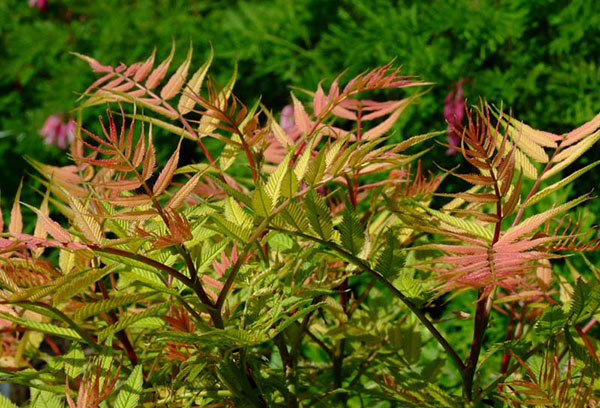
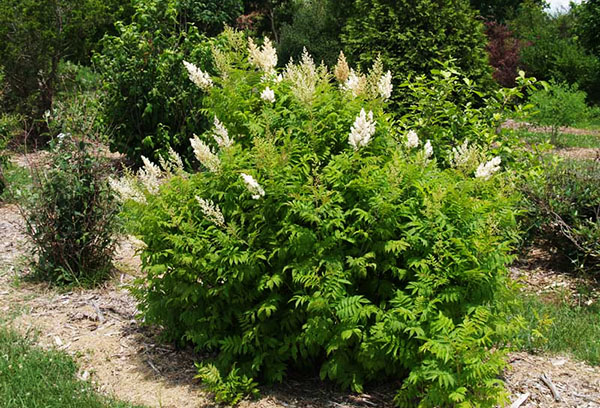
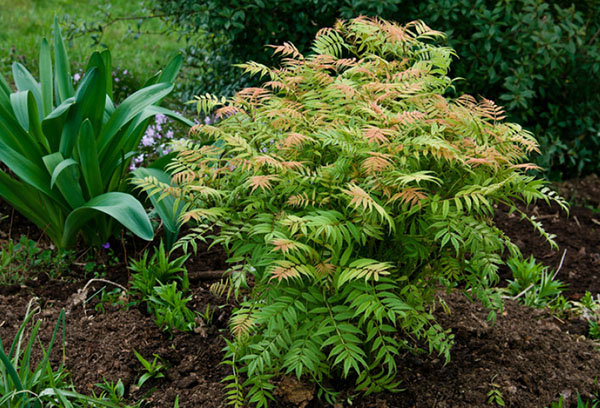
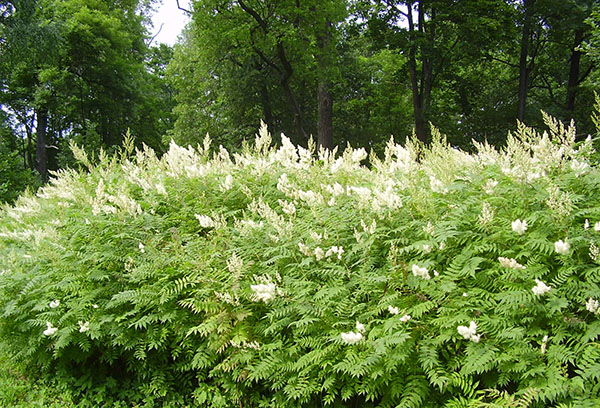
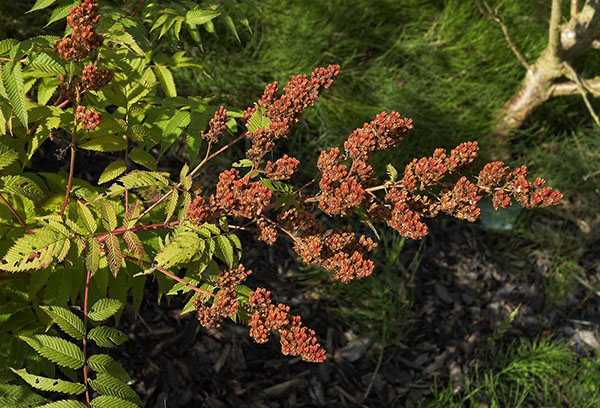
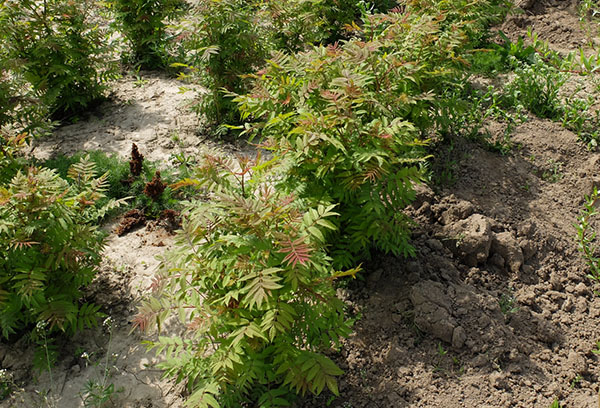
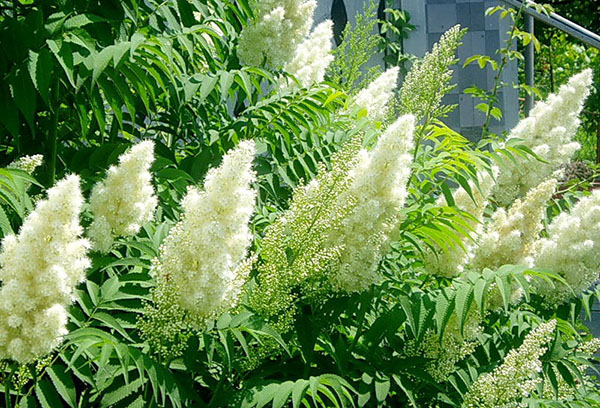
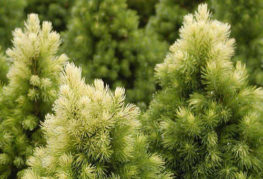
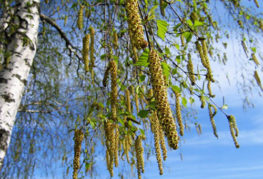
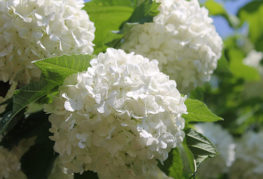
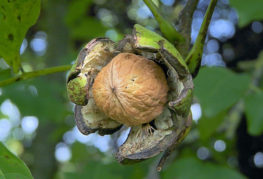
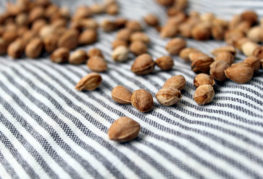
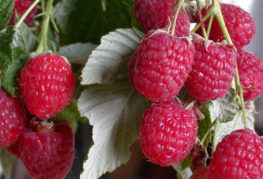
and will be published shortly.